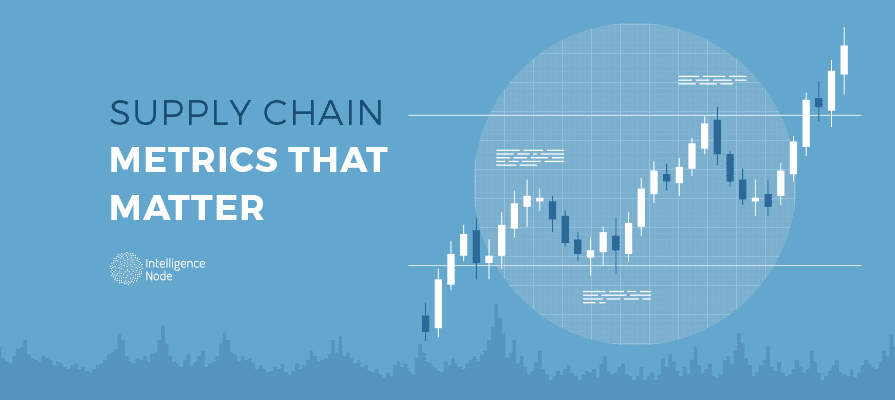When it comes to your supply chain, there are often so many moving pieces that it’s dangerously easy to lose sight of the very details that can decide the long-term fate of your business. Which of these key performance indicators best illustrates the overall health of your supply chain is frequently up for debate and, quite likely, will change depending on who you ask. However, certain undeniable supply chain metrics tend to creep up now and again, thereby providing greater insight into just how essential they are in deciding the strategic direction of your supply chain. Here are some of the most important metrics to keep an eye on.
- Total supply chain cost: It shouldn’t be a surprise that the total cost of your supply chain operation is a fundamental part of your strategy, regardless what type of supply chain you’re running. When set against your profits, market share and other metrics, your supply chain cost can, of course, be a determining factor in the current performance of your business but how it changes over time could indicate whether you need to re-evaluate or drastically update your strategy.
- Cash to cash cycle time: This particular metric measures the average time it takes investment of funds or other resources to translate into tangible cash flow. Cash to cash cycle time — calculated through combining the days that sales are outstanding, the days’ supply inventory and the days that payables are outstanding — can help your business nail down its efficiency at managing assets and guide your decision-making process regarding future asset management.
- Stock outs: When your business runs out of stock on a certain product, it can muck up your entire operation, leading to a loss of expenses. Even worse, the resulting delays can affect numerous aspects of your supply chain long after the initial stock out is resolved. Moreover, the customers will ultimately pay the price as well, meaning that a single stock out can wreak havoc on the customer experience.
- Fill rate: Your supply chain can be broken down countless different ways to measure its efficiency and effectiveness in meeting customers’ needs. However, this is one of the more fascinating ones. Your fill rate refers to the percentage of a single order that is fulfilled on the first shipment, and while this is also a solid way to boost customer satisfaction, this metric provides a substantive gaze behind the scenes at how smoothly your supply chain functions. If it’s plummeting or remaining stagnantly low, it may indicate a problem in your approach to transportation.
- Perfect orders: Likewise, this customer-facing metric refers to those “perfect” orders that are accurately and completely fulfilled and are delivered within the promised timeframe. More than simply a sign of your supply chain’s health, it is a matter of following through on customer expectations. Sure, issues may creep up now and again, but for the most part, the majority of your orders — both with customers and even in your relationship with suppliers — should be flawless. If they’re not, this is definitely an area you should address as soon as possible.
- Time: Of all the metrics you may either be tracking or considering adding to your repertoire, this is one that likely escaped your attention, despite its ubiquity in every aspect of your business. We’ve discussed cash to cash cycle time above, but lead time, shipping time and countless other aspects of your supply chain can have an adverse effect on your bottom line. We’re not necessarily saying you need to overhaul your entire supply chain, but the time it takes for various parts of the process to elapse is certainly worth watching.
- Customer service: Because your business won’t last long without a devoted customer base, you need to place an emphasis on how well your customer service department performs on an ongoing basis. Fill rate and perfect orders (both described in detail above) are simply the tip of the iceberg. The intertwined relationship between supply and demand will dictate how you can adjust your business going forward, and always be on the lookout for customer feedback and satisfaction that may uncover a problem looming in your customer service system.
Enter the Metrics
No matter which metrics you ultimately decide are the most integral to your business model, we cannot stress enough the importance of keeping close watch on these key performance indicators. The retail space in particular is so teeming with tough competition, as both upstarts and veterans of the industry grapple with the ever-changing buying habits of modern consumers.
You simply cannot afford — both in terms of financial expense as well as the resources you invest in your business’s future — to turn a blind eye to what could very well be the best chance you have to steer your business into future success or course-correct it along the way.





